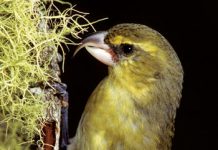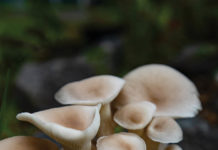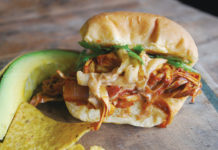Story by Shannon Wianecki

Hawai‘i’s official hurricane season runs from June to November. That’s when the ingredients for monster storms combine: warm oceans, abundant atmospheric moisture, and relatively light winds. If persistent, these conditions can form low-pressure systems, resulting in violent rotating winds, incredible waves, and torrential rains. And according to the Central Pacific Hurricane Center’s records, August is by far the biggest month for these events.
When wind speeds reach 39 mph, the spinning squall is called a tropical storm. When the winds race past 74 mph, it’s officially a hurricane. The Hawaiian Islands are less vulnerable to hurricanes than archipelagos in the South Pacific, because the waters surrounding Hawai‘i tend to be cooler. It’s also possible that our tall volcanic peaks break apart storms.
Still, we’ve weathered our share of tempests. The worst on record: Hurricane Iniki. On September 11, 1992, sustaining winds of 115 mph roared across the 50th State. Iniki devastated the island of Kaua‘i, killed six people, and left an estimated $2.3 billion of damage in its wake.
Prior to the invention of modern weather instruments, Hawaiian mariners predicted storms by reading environmental clues: changes in the wind, sea, clouds, and animal behavior. Halos around the moon, sea snails disappearing deep into crevices, intensified scents, and pig-shaped clouds lining up against the mountainside are all signs of foul weather. One Hawaiian proverb warns: Ua ho‘i ka noio ‘au kai i uka, ke ‘ino nei ka moana. “The seafaring noio bird returns to land, for a storm rages at sea.” So, if you notice noio (black noddies) or other seabirds soaring inland — especially in August — batten down the hatches.

















